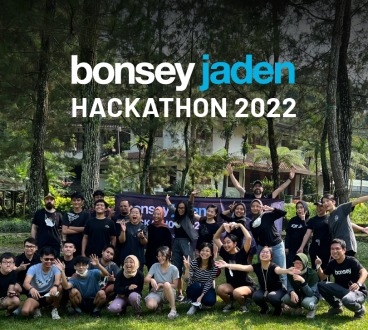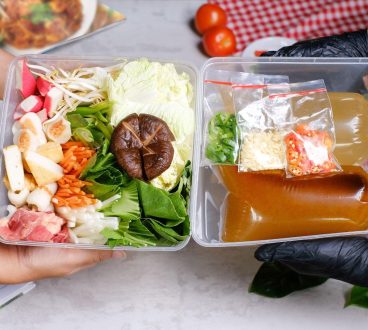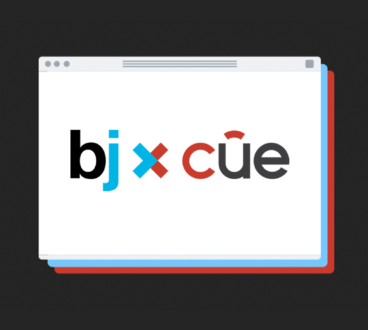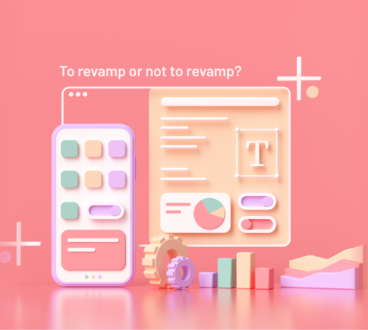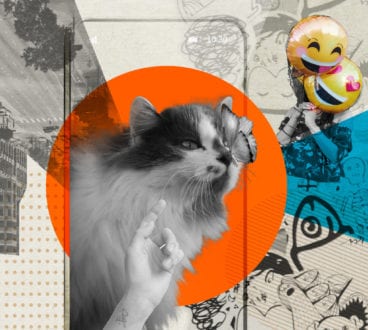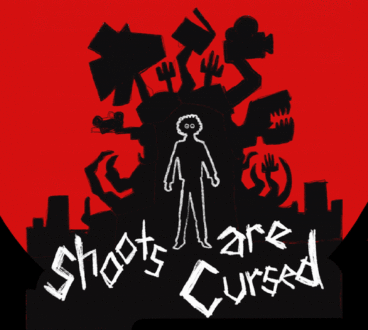I get asked this question a lot, usually by a new staff or when I disclose my profession to a stranger sitting next to me at an event; often with hope gleaming in their eyes that I’ll be able to give them a teabag-like solution where all they need to do is add hot water. Well, the bad news is, there isn’t a single all-encompassing instant remedy and fresh ideas aren’t exactly something that you can generate through a mathematical formula at will.
Like intuition, creativity has an intangible quality to it that involves an almost subconscious orchestration of various elements that connects together all the random dots in a split second, sparking off what we call a eureka moment! So is this ability to tap into ideas reserved for the special few blessed with the gift at birth? Is it exclusive to the creative breed? The good news is, it can be cultivated. Like exercise, it requires some work and the right “nutrients” to get those creative muscles growing. Here are a few tips on how you can improve your ideation mojo.
Do something different every so often
Expand your exposure to things beyond your regular interests. When we settle into a routine, our brain goes into autopilot and we end up landing on familiar territories which restrict our potential to find new possibilities. Broadening our experiences in life gives us a bigger pool of inspirations to work with. If action movies are your usual thang, watch a tear-jerker for a change. If you’ve been taking the same route to work, take a different one today. If you’ve been reading quantum physics for pleasure, pick up an art book for goodness sake. Where do you think Christopher Nolan got his idea for the folded streetscape in Inception? Not from a movie guide, but from the art of M.C. Escher.
Get out of your usual environment
Issac Newton wouldn’t have gotten the idea for gravity had he locked himself in the house and not stepped out to sit under an apple tree. Rather than staring at a blank screen at home waiting for that big idea to come, you might have better luck observing people in a cafe or taking a walk in the park. Creativity doesn’t last long in a vacuum. Moving into a different space offers you new stimuli for ideas. If James Dyson hadn’t made a visit to an industrial sawmill, he might not have gotten the inspiration for his vacuum cleaner. And as much as the origin of sushi belts is open to debate, don’t they look suspiciously like airport luggage carousels? Maybe it’s time to go on a vacation to get inspired.
Talk to people and get an opinion
Are you the type who is super-protective of your own ideas, who hides them behind a veil of secrecy to ensure that no one steals them? If you are, it’s time to consider bouncing your ideas off others. Very often, we become so close to an idea that we might fail to see other alternatives. Talking to others helps you get a different perspective and knowledge that you don’t have. And don’t restrict your pool of sounding boards to only those in your field of expertise. If 3M hadn’t gotten input from a theatrical make-up specialist who was well-versed in preventing skin infections, they would not have developed their breakthrough concept for preventing infections associated with surgery.
Get the bad ones out of your system
Yes, creative blocks do happen even to the most seasoned creatives. I find that a good way to get the juices flowing again is to get that jumble of half-baked ideas out of the head first. Write down or sketch out whatever ideas that come to mind, however bad they are. Don’t censor yourself, this is not the time to filter. Flush them out. And don’t let your fear of failure stop you from moving forward. Take a break and then keep going. Even if you get only one good idea out of a hundred bad ones, you are still a winner. The lightbulb would never have existed if Thomas Edison hadn’t gone through over a thousand unsuccessful attempts first.
Calm the heck down
When your mind is stressed, it seizes up and ideas just don’t flow. Cognitive scientists identified a process in the brain which harnesses creativity called “pattern recognition”. This trait allows new connections to be made subconsciously. For these new patterns to surface, you have to be unworried about the risk. So the more relaxed your mind is, the safer you feel, and the more freely ideas come. Do whatever works best for you to get your mind at ease so long as it’s not a hazard to your health. Some people listen to music, some go for hikes in the woods, and some meditate (you may roll your eyes, but if it’s good enough for Steve Jobs, Lady Gaga and Oprah Winfrey, it’s probably good enough for most of us).
Some of you may protest that these creativity-honing habits require a lot of priming in advance. What if you’ve got a deadline that is due like yesterday and you need a quicker way to unlock some ideas? Fret not. While you cultivate the long-term traits, there are some techniques that can help speed things up. Here are some examples.
Omission
Is there an idea in removing something? Don’t you think the smartphone would never be quite the same if the physical buttons on the front were not reduced to just one, or none? One of the best examples of omission being used as an idea in an advertising campaign is the Whopper Freakout Campaign, a social experiment where Burger King removed America’s most loved burger from its menu “forever and without announcement”. The deprivation stunt caused an uproar amongst loyal customers, which just proves the point that the burger was highly desired.
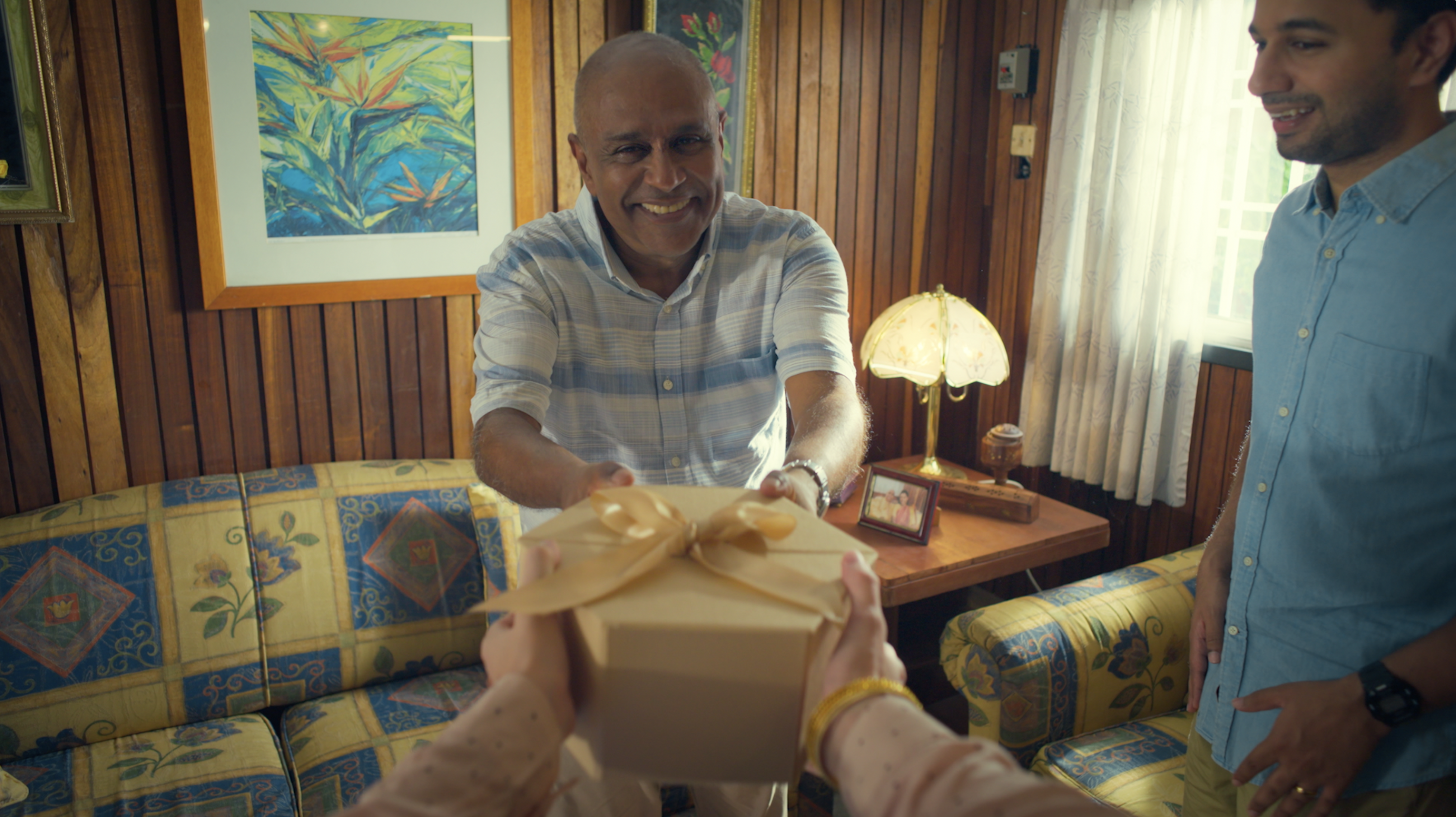
Khazanah – The Light of Deepavali
Another way of using omission in an idea can be found in a recent piece of work by the agency – Khazanah’s festive commercial, The Light of Deepavali. By omitting the main protagonist from the view of the audience through a camera POV treatment, the viewers get reeled into the story of the filial daughter-in-law who may not be quite who you expect, making the reveal as well as the message more rewarding at the end.
The Snowball Effect
A snowball effect works by building something of small significance into something bigger, faster, lighter, graver or more serious as it progresses. It has a magnifying effect that could lead to an idea through progressive dramatisation. In the Blink interactive campaign Bonsey Jaden created for Xiao En, the snowball effect kicks into gear with a smart piece of technology where each blink of an eye speeds up the ageing process of the father in the film, sending a clear message that time is truly fleeting.
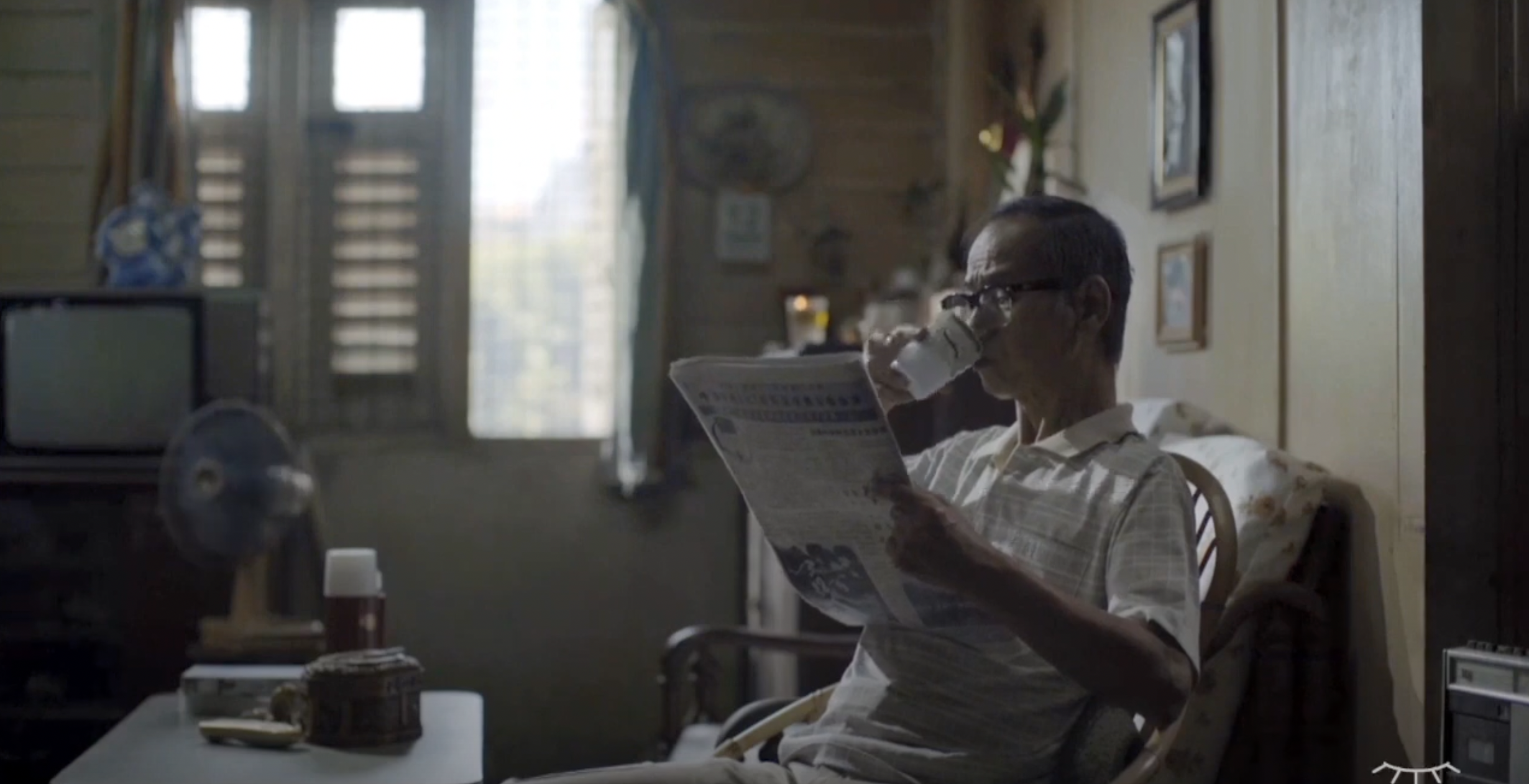
Xiao En – Blink
Analogy and metaphor
This technique is an effective way of communicating a message by drawing reference to an example that people are already familiar with. In the case of the campaign for Malaysia Airlines, “This is Malaysian Hospitality,” analogies were drawn between the hospitality that Malaysians experience as part of their heritage and tradition, and the hospitality that is extended to passengers when they’re on board the plane. Shot with a seamless visual storytelling technique, this spot is as heartwarming as ‘kaya toast’ dunked in hot ‘kopi-O’ on a rainy day.

Malaysia Airlines – This is Malaysian Hospitality
Another example of analogies used in a campaign was created by Bonsey Jaden Thailand for Sheba, which captures endearing activities that an owner does with his feline companion, as he would with a human loved one.
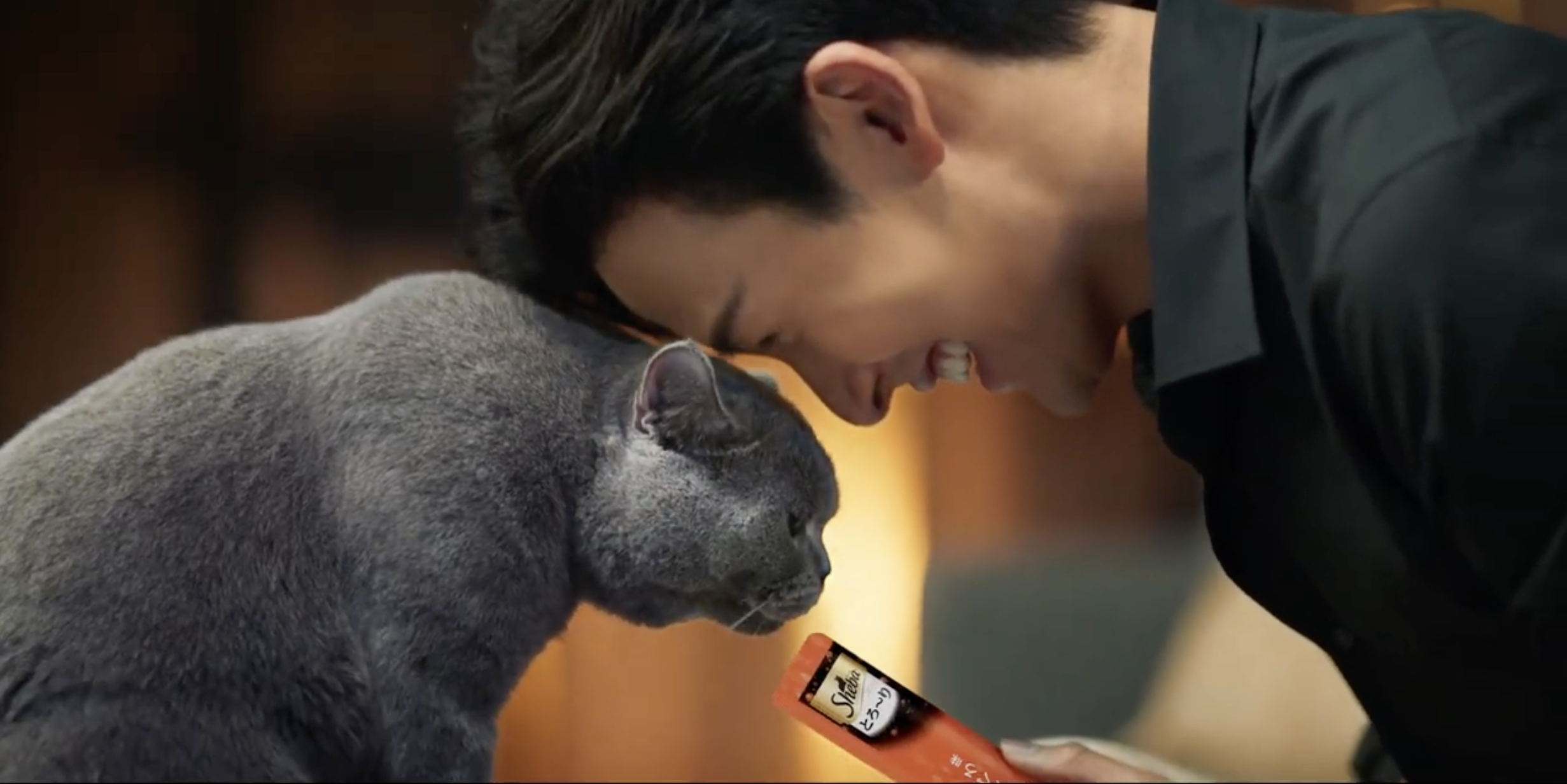
Sheba – The finest treats for my love
There are many more techniques apart from what was mentioned – exaggeration, comparisons, opposites, parodies and shock tactics to name a few. More often than not, all it takes is a change of perspective and a curious mind to explore as many “what ifs” as possible. Put the kettle on, sometimes the best way to get an idea is just to get started.

